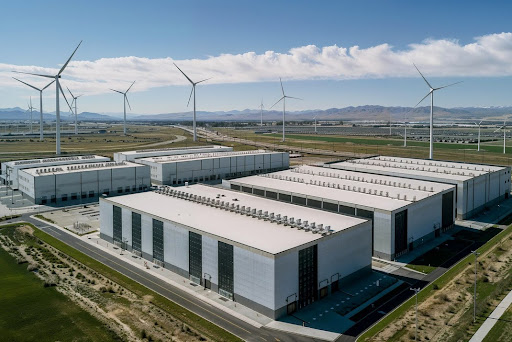Power companies have a problem. Their wires and pipes were built when Kennedy was president, yet customers expect Amazon-level service. Sending repair trucks after things break? That strategy worked fine in 1985. Today, utility providers are spending serious money to reinvent themselves from the ground up.
What’s Driving This Change
Wild weather keeps getting wilder. A Texas freeze knocks out power for days. California wildfires threaten transmission lines. Add solar panels that push electricity backward through systems never built for that trick, and you’ve got infrastructure begging for an upgrade.
Then there’s us, the customers. We track our food delivery guy’s every turn, but somehow we’re supposed to accept “sometime between 8 and 5” for utility appointments? People want real answers during blackouts. They want bills that actually make sense. Some even want to choose where their electricity comes from. Companies stuck in the past lose customers fast in states where competition exists. In regulated areas, they face hefty fines instead.
Here’s the kicker: going digital actually saves money now. Those little sensors that cost a fortune in 2010? They’re cheap as chips today. Cloud storage beats buying rooms full of servers. And computers can spot trouble brewing that humans would miss completely. Do the math; spend a few million this year, save a fortune down the road.
Grid Technology Gets a Brain
Let’s talk hardware. Those old spinning meters on your house? They’re disappearing fast. New digital meters chat with headquarters every fifteen minutes, catching everything from energy thieves to equipment about to fail. No more meter readers hiking through your backyard.
The really clever stuff happens behind the scenes. Power networks now think for themselves. Tree crashes into a wire during a storm? The system plays hot potato with electricity, bouncing it around the damage before most folks notice their lights flickered.
The folk at Blues IoT say that IoT solutions for utilities go way beyond fancy meters. Water departments install listeners that catch whispers of leaks weeks before the problem erupts in someone’s front yard. Gas companies scatter sniffers that detect methane before anyone smells rotten eggs. Transformers get their own thermometers, tattling on themselves when they run too hot. Every gadget feeds information back to headquarters, turning dumb metal into something almost alive.
Numbers Tell Stories
Mountains of data pile up daily, but what good is information nobody reads? That’s where artificial intelligence earns its keep. These programs quickly find problems by analyzing data. Voltage wobbles in a certain way? The computer knows that transformer will cook itself in three weeks. Weather report shows a heat wave coming? The system already knows which neighborhoods will crank their AC hardest.
Fix-it schedules got smarter too. Why replace a perfectly good cable just because the calendar says so? Now utilities fix stuff days before it would have broken naturally. Like changing your car’s oil based on how you actually drive, not some arbitrary number.
People Still Matter
Computers can’t do manual labor. However, they help the people. Repair crews use special glasses to project repair manuals onto equipment. Control room operators watch futuristic screens. Call centers access your history instantly.
The workforce has changed. Data experts collaborate with traditional electricians. Experienced technicians now troubleshoot software. Companies seek employees fluent in voltage and Python.
Conclusion
This change is more profound than purchasing new toys. Utility companies are overhauling outdated business models. The winners will deal with storms, solar and EV surges. The losers? They’ll join phone books and video rental stores in the business graveyard. Your lights will stay on regardless. But the company sending you the bill might be unrecognizable in ten years.



